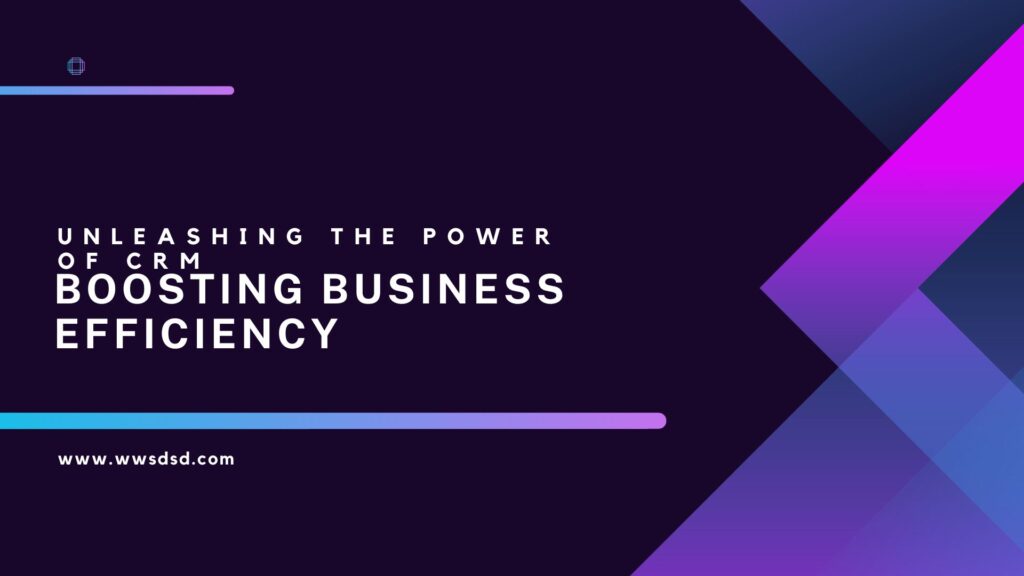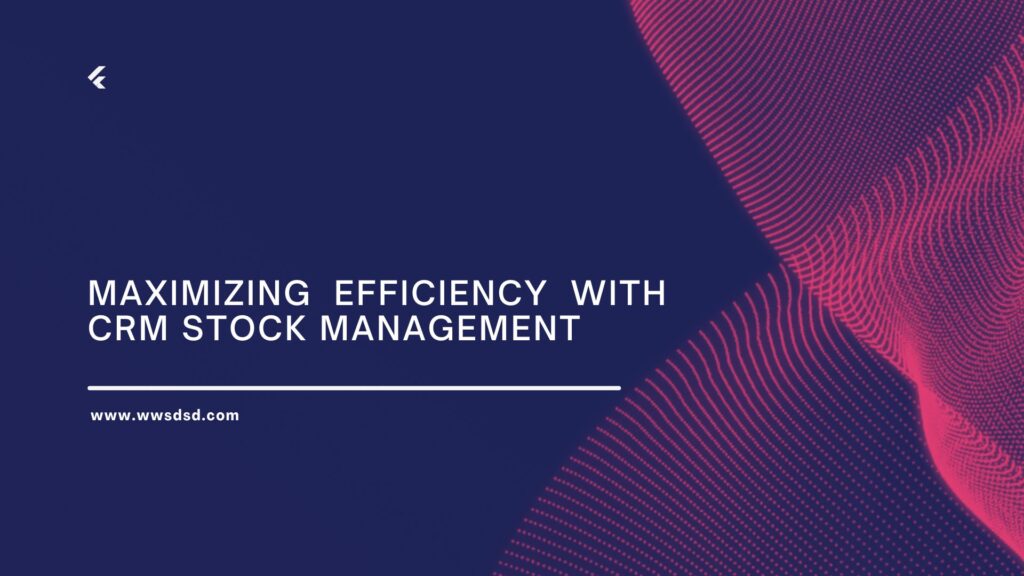
An enterprise resource planning (ERP) system is primarily used to help companies manage their finances and resources to control costs and meet company production goals. A customer relationship management (CRM) software helps companies manage the sales cycle and customer experience. In this guide, we will go over each system, including their definitions, costs, key features, differences, and when companies should ideally use them.
ERP vs. CRM: At a Glance
An ERP system serves as a central database to integrate and facilitate automations and efficient resource allocation—including funding—between company functions. In contrast, a CRM gives companies the tools and capabilities to build and maintain positive relationships with key stakeholders. Here is a closer look at each, including their definitions, pricing, key users and uses.
What Is an ERP?
With an average cost of $1,800 per user per year, an ERP system integrates business functions, allowing data to flow between them and facilitating automations to add efficiency to business processes. As a central database, it reveals a clear, real-time view of company financial- and resource-allocation performance. It is often used by manufacturing, supply chain, risk management, human resources, sales and other teams.
What Is a CRM?
Costing $10 to $90 per user per month, a CRM system helps sales, customer service, marketing and other teams build and maintain positive business relationships. It offers tools for managing marketing, the sales cycle, digital commerce and all interactions with leads and customers, such as storing customer data and interaction history, automating interaction steps and offering insights on how to improve relationships.
How ERP vs. CRM Software Compare
| ERP | CRM | |
|---|---|---|
|
Cloud-Based SaaS
|
Many ERP systems offer cloud-based databases to ensure users can access accurate, real-time data from anywhere and from any device.
|
Many CRM systems offer cloud-based databases to ensure users can access accurate, real-time data from anywhere and from any device.
|
|
Database
|
An ERP collects data from systems across the business to create one source of data truth.
|
A CRM collects data on leads, prospects and customers to create a complete view of their preferences, needs and interaction and purchase history.
|
|
Integrations
|
Companies can integrate software such as payroll, accounting and CRMs to create a cross-functional view of the company’s performance.
|
Companies can integrate CRMs with tools that help them manage the customer journey or sales pipeline, such as e-commerce platforms and marketing automation systems.
|
|
Automations
|
Companies can lean on ERP automations—such as automatic report generation and invoicing—to create business efficiencies around repetitive tasks.
|
CRM automations—such as automatic lead scoring, and routing of customer service cases to relevant representatives—allow users to better manage the customer journey.
|
|
Reporting and Analytics
|
ERP system reporting and analytics primarily focus on resource planning, performance and predictions, including funding.
|
CRM reporting covers sales, customer service and marketing campaign performance and trends. It can, for example, reveal customer purchase and sales revenue, trends and forecasting.
|
|
Competitor Analysis
|
While an ERP system does not offer competitive analysis capabilities, users can generate this capability via integrations with a company CRM, for example.
|
Many CRMs offer tools to gather information on competitors, such as how clients, prospects or leads interact with competitor brands. It can also aggregate content on market conditions, including competitor news.
|
|
Data Analysis
|
An ERP can analyze data to predict likely outcomes based on market and company conditions and performance, helping companies make more strategic decisions in proactive ways.
|
A CRM can analyze data to offer trends and likely outcomes, helping companies to make strategic and proactive decisions around managing the sales cycle, marketing campaigns and customer satisfaction.
|
|
Financial Management
|
ERP systems come with financial and accounting modules or integration options that help companies manage and even predict revenue, expenses and resource needs, often through automations, reporting and data analysis.
|
While CRMs do not focus on a company’s financial management, many CRMs offer tools to help companies make sound financial decisions, including by offering customer lifetime values (CLV) to predict a customer’s likely long-term value to the company.
|
|
Customer Service Tools
|
The customer service ERP module helps companies handle processes that impact the customer experience, including sales cycles and pipelines, the customer life cycle, billing, invoicing and relationship management.
|
CRMs offer tools to help you manage customer service, including case routing to customer service representatives, a record of transaction history, tasks and reminders—all of which help companies offer personalized and contextual customer service.
|
|
Supply Chain Management Tools
|
An ERP system can streamline supply chain management by aggregating operations to a single dashboard for greater coordination and visibility across teams, as well as employing automations to eliminate the human component of redundant supply chain management tasks, such as resource planning and invoicing.
|
Because a CRM tracks customer purchase histories, predicts customer lifetime values and gives likely scenarios of customer demand, it can lend to helping supply chain managers know what to stock and when. However, a CRM does not help with resource planning to the depth that an ERP system does.
|
|
Production Management
|
ERP system production management capabilities center around monitoring and reporting to help companies eliminate inefficiencies that could slow down production. It also helps companies know when resources must be ordered and where and when they must arrive to fulfill production needs while also avoiding unnecessary costs incurred via ample storage time before production.
|
A CRM offers limited production management tools compared to an ERP; however, it does offer insights into consumer trends that can help companies know the ideal production rate needed to fulfill demand.
|
|
360-Degree Customer View
|
Some ERP systems offer customer profiles much as CRMs have historically done but many do so via a CRM integration option.
|
A CRM gathers pertinent data to create a profile on each contact within its database—including prospects, leads and customers. In doing so, it offers a 360-degree view on their preferences, demographics, interaction histories and contact information.
|
|
Marketing Management
|
To facilitate marketing management, many ERP providers either offer a CRM for integration into the ERP software or allow third-party CRM integrations.
|
CRMs offer a full-featured marketing management component, complete with the ability to segment customers, leads and prospects; analyze buyer preferences and demographics; tag contacts for campaign inclusion; email en masse based on segmentation; create marketing campaigns from templates; generate direct mail marketing materials; automate campaign dispersion (including drip campaigns); analyze response analytics and perform competitor analysis.
|
|
Sales-Cycle Management
|
Many ERP systems allow CRM integrations to help user companies manage the sales cycle.
|
CRMs offer all the tools needed to manage a sales pipeline and the sales cycle, including clear pipeline reporting, sales forecasting, customer and prospect analytics and profiles, e-commerce launching and scaling tools, lead scoring, interaction reminders, transaction history tracking, customer lifetime values (CLV), predictive analysis capabilities and tools to help sales reps personalize every customer or lead interaction.
|
While ERP systems allow for integrations to manage sales cycles, marketing, customer service and the compilation of complete customer views, these processes are better handled by CRMs. However, when it comes to managing manufacturing processes, resource planning and allocation, financial management, supply chains and production, an ERP is a better solution. A real competitive edge can be accomplished by integrating the two solutions.
Sales Management
Both ERP and CRM solutions have unique features that can lend to more closed sales. A CRM offers tools to help sales representatives determine if prospects or leads are likely to buy, reach out to “hot” leads, personalize interactions to uniquely meet the needs of existing and potential customers and, ultimately, close sales.
An ERP can lend to smooth sales closing processes by ensuring products are produced and available to meet demand. In doing so, it ensures sales representatives have products available to sell when customers want them. Such capabilities include demand forecasting, resource planning and procurement and automations to speed up production.
Supply Chain Management
An ERP system is the stronger solution for supply chain management. Many offer tools to manage the entire production process, from resource procurement and planning and supply chain management to the manufacturing process.
However, a CRM offers the tools to make supply chain management worth the investment, including via marketing, sales and customer service management. Together, ERP and CRM solutions offer companies the whole spectrum, from investment in and the use of raw materials to the sale of final product outputs.
Customer Experience
Creating a positive customer experience is better left to a CRM solution. Companies can lean on the solution to make personalized sales that induce fewer complaints, then offer follow-up support, quick customer complaint resolutions and personalized upsells that further prompt a positive customer experience.
However, the customer experience is often poor if supply chain and manufacturing processes are not on point. An ERP system helps companies manufacture products while correctly balancing quality and cost. This, combined with its demand forecasting, allows sales representatives to offer the products customers want, when they want them and at the right price, thereby inducing fewer complaints and higher customer satisfaction.
How To Decide if You Need an ERP or a CRM
If your company goals center around streamlining your production, financial and inventory management, an ERP system is your strongest choice. If, however, you need to close more sales by locating, attracting, evaluating and engaging leads while also building positive customer relationships that induce repeat purchases, of the two, a CRM is the best solution.
Clearly, deciding whether you need an ERP or a CRM comes down to the primary goals of your company. In the end, however, you may find that you need both. Oftentimes, companies must manage financials and streamline operations while also having a full suite of tools to close first and repeat sales. If this is the case for your company, it is best to implement an ERP and a CRM system, then integrate the two to work together.
Bottom Line
An ERP system is used by companies to manage their finances and other resources to create efficiencies, often during the manufacturing process. In contrast, a CRM helps companies manage the sales cycle and offer superior customer experiences that increase customer retention and lifetime values. Smart companies take advantage of integration capabilities to combine the two technologies, thereby creating powerful competitive

